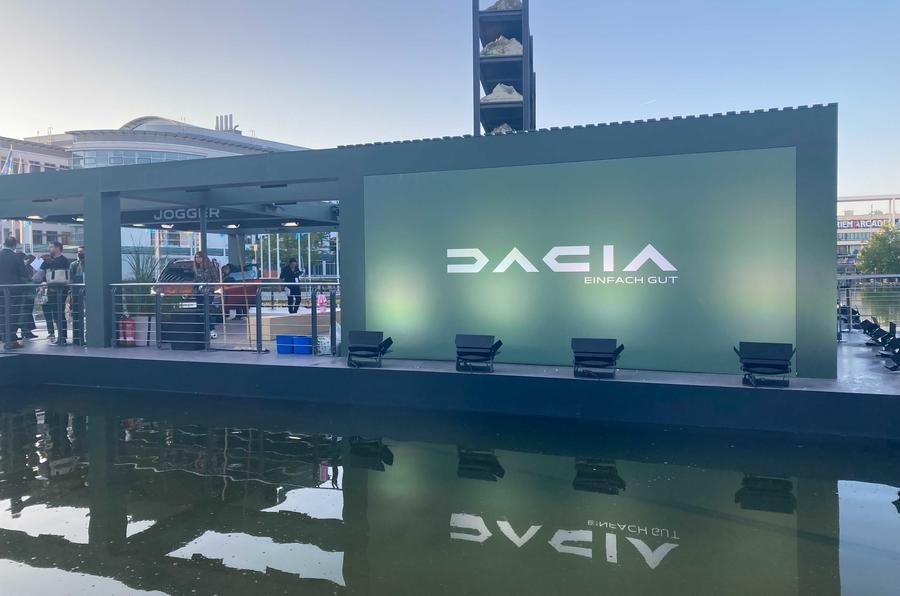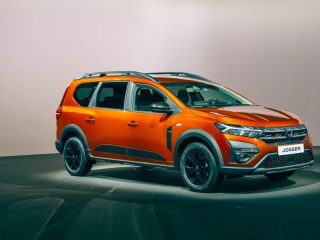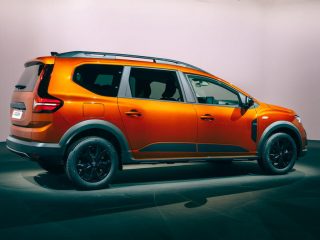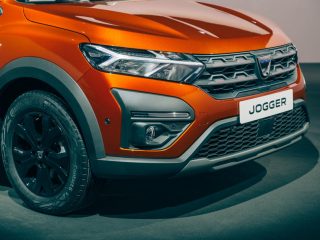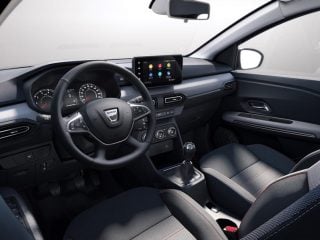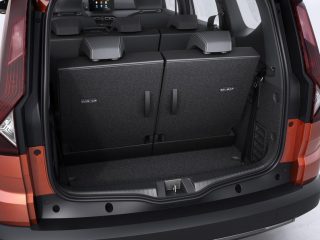Seven-seater replacement for Dokker, Lodgy and Logan was presented on the brand’s Lake Stan at Munich motor show and it could come to Australia.
Dacia has publically revealed the all-new Jogger at the Munich Motorshow, which is set to become the cheapest seven-seat family car on the market in Europe as it the brand continues to revitalise and expand its range of value-focused cars.
For Australia, Dacia’s future is not confirmed, although the importer for parent company Renault has previously said it was looking likely for an introduction soon.
Following on from the launch of the new Sandero and inspired by the Bigster SUV concept, the Jogger is based around the same CMF-B platform as its supermini sibling but with a wheelbase stretched by 300mm to accommodate the additional rear seats. Crucially, it will be available as a hybrid – a first for Dacia.
Blending “estate car practicality, MPV spaciousness and SUV styling”, the Jogger has 200mm of ground clearance and, at 4547mm long, is Dacia’s biggest model.
Despite the SUV looks, modular roofbars and scuffplates, the Jogger will be available with only front-wheel drive, as the Duster SUV will remain “as the true off-roader”.
Designed to replace the Dokker, Lodgy and Logan MCV models, the Jogger has three rows of flexible seats, with the middle row rolling forward and splitting 60:40.
The boot volume is 160 litres the rear seats in place (enough for a small shopping trip), rising to 708 litres if the rearmost seats are removed in their entirety.
None fold flat into the floor or slide back and forth, Dacia reasoning that these engineering alterations make the seats more expensive and take up more room.
The Sandero and Jogger are identical from the B-pillar forwards, but Dacia has engineered a 40mm step-up from the B-pillar backwards to give additional height and width, allowing the rear cabin to benefit from additional passenger space.
Three systems are offered for the multimedia interface: Media Control, which comprises a smartphone cradle and docking station; Media Display, which adds four speakers and an 8.0in touchscreen; and Media Nav, which brings wireless Android Auto and Apple CarPlay, sat-nav and six speakers.
Thanks to a flexible platform borrowed from parent firm Renault (which uses it for the Clio and Captur), the Jogger will offer three engines.
First is a 1.0-litre turbo triple that produces 81kW and up to 90 per cent of its maximum 201Nm from 1700rpm. This will also drop into the Renault Megane in time and is likely to make up the majority of Jogger sales.
The hybrid, due in 2023, combines a 1.6-litre petrol engine, two electric motors (one an e-motor and the other a beefed-up alternator) and a multi-mode automatic gearbox, plus a 1.2kWh battery to make electric-only running possible for short distances.
There are no plans for a plug-in hybrid at this stage, although the flexibility of the platform means that one could be offered in the future. According to David Durrand, Dacia’s design director: “We can take this existing technology and adapt it very quickly because the platform is the same. We would need less than one year to change it.”
Piers Ward





